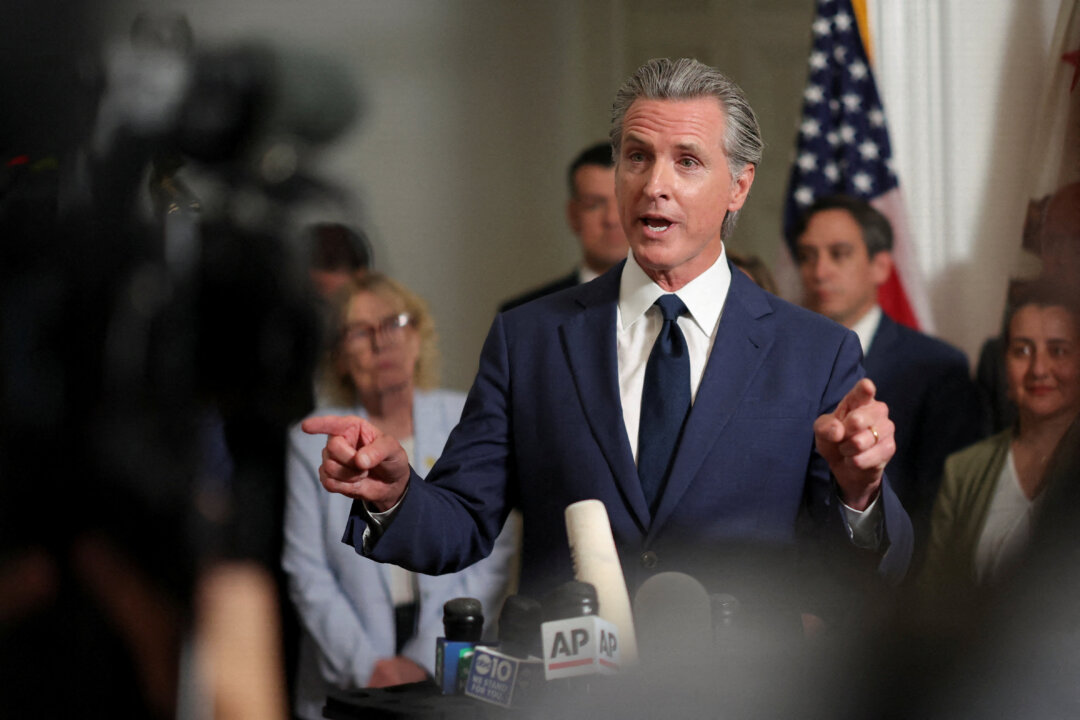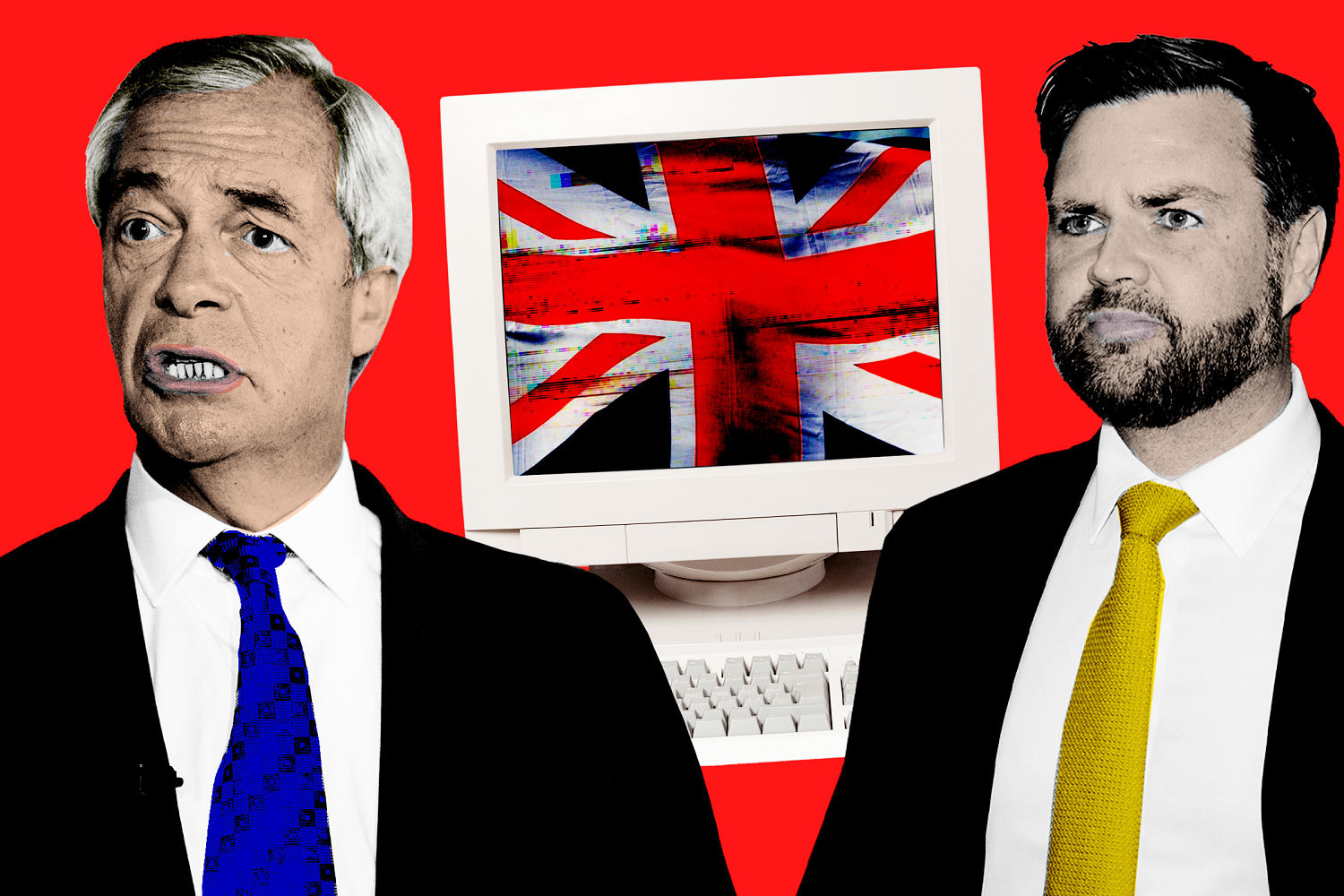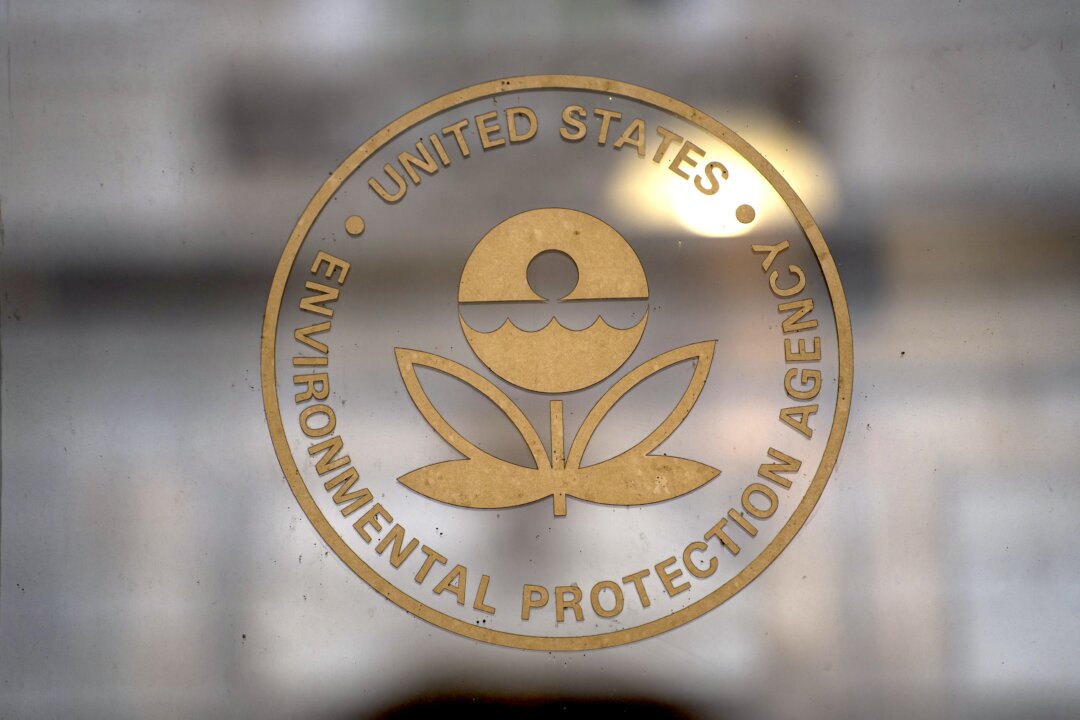
AOL and parent company Yahoo announced that users have just about six weeks to say goodbye to a near-forgotten relic of internet history.
The company offered users assistance with its AOL plan and a phone number to call should they have questions, or perhaps need therapy, about the discontinued service.
For about 32 years, AOL has offered users email addresses and internet access, and ultimately its own browser and messenger service, but now it is asking customers to unplug for the final time.
'This service will no longer be available in AOL plans.'
Waving goodbye to the beloved phone jack, AOL has announced that its dial-up internet services will end on September 30, after an internal review.
"AOL routinely evaluates its products and services and has decided to discontinue dial-up internet," the company wrote. "This service will no longer be available in AOL plans. As a result, on September 30, 2025, this service and the associated software, the AOL Dialer software and AOL Shield browser, which are optimized for older operating systems and dial-up internet connections, will be discontinued."
The iconic AOL Dialer software is imprinted in the minds of millions who used the service in the 1990s and 2000s, just as the AOL browser and instant-messenger services are likely to be.
RELATED: Reddit bars Internet Archive from its website, sparking access concerns
 Victoria Beckham at AOL in New York in 1997. Photo by David Corio/Redferns
Victoria Beckham at AOL in New York in 1997. Photo by David Corio/Redferns
According to Time, AOL began providing internet access under the name Quantum Computer Services in 1985, focused on an online bulletin board for Commodore 64 computer users.
The company was renamed to America Online in 1991, and by 1993, it started providing email addresses and a Windows browser.
In 1998, America Online's iconic new-email notification, "You've got mail," was turned into a movie of the same name starring Tom Hanks and Meg Ryan.
By 2000, the tech company had acquired 23.2 million dial-up subscribers and changed its name to simply AOL in 2006. According to Allconnect, the number of dial-up users shrunk to just 4.6 million by 2010 and 2.2 million by 2015.
In 2021, CNBC said the number of dial-up subscribers was in "the low thousands."
Many will remember AOL for its perpetual free disc campaigns that appeared in cereal boxes and were paired with video games. Commercials boasted about 56K internet speeds while culturally the service was likely the most recognizable internet provider of the time.
RELATED: Top-tier source code has breached containment. Welcome to the AI bazaar.
"AOL was my first internet service in 1996. I was 13 years old, and we lived in rural Tennessee," recalled Josh Centers, tech writer and managing editor at Chapter House publishing. "My username was TOMBRAYDER like the game 'Tomb Raider,' but everyone called me 'Tom' because they thought my name was Tom Brayder."
Centers told Blaze News that it was not long into his AOL experience that it began causing problems at home.
"I was only on AOL for a month, because every time I logged on, it was a long-distance call to Nashville. At the end of the month, my parents got a phone bill for over $200, freaked out, and that was the end of AOL for me."
Centers said he missed the integrated experience of the AOL platform at the time: "It felt like a neighborhood."
Investigative reporter Oren Levy probably could not operate his New York City reporting network off of dial-up, but still remembers the feeling it gave him.
"I remember that sound before dialing up on AOL — it was like rockets blasting off into space. But instead of traveling to the stars, that sound was my gateway to the web." In the late '90s, the service's 56K dial-up speed was considered lightning-fast.
Like Blaze News? Bypass the censors, sign up for our newsletters, and get stories like this direct to your inbox. Sign up here!
.png)
 1 hour ago
2
1 hour ago
2














 English (US)
English (US)